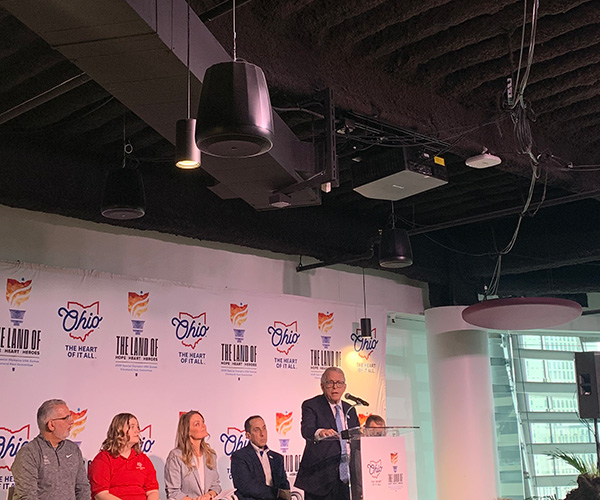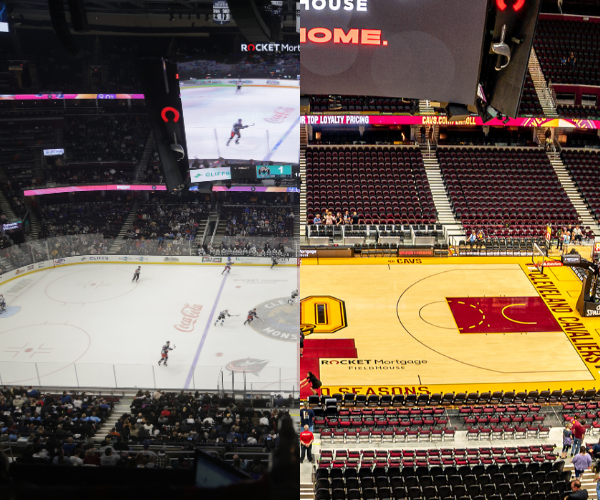“The issue was should it be preserved?” says Ed Pershey, Western Reserve Historical Society vice president of special projects and exhibits. “It’s obviously an extremely racist image and reflects the attitudes of the early 1950s in terms of portraying Native Americans.”
The city of Cleveland had already decided that the sign depicting Chief Wahoo in a batting stance would not be making the trip down East Ninth Street to Jacobs Field. So the Indians asked the Western Reserve Historical Society if it could offer the landmark a permanent home.
But the chief was in rough shape. A lot of the sign’s steel was rusted. Much of the neon didn’t work, and the originally illuminated face had been replaced with a painted metal one. Significant restoration work was required, and it was more than the museum could finance itself. But once word got out, people donated toward the cause, and the historical society eventually raised the $50,000 needed to restore the sign to its original condition.
The best bit of luck — what Pershey says may have been the deciding factor that kept Wahoo out of the scrap yard — was the fact that Cleveland’s Brilliant Electric Sign Co., which had built the sign, still had the original plans for it on file, making repairs much easier than they would have otherwise been.
“If Brilliant Sign had not been business ... I don’t know what decision would have been made in terms of restoration,” Pershey says.
In February of 1995, Wahoo was installed in the Western Reserve Historical Society’s lobby. The museum had expected an outcry from local Native American groups. In fact, the institution welcomed the chance to use Wahoo as a way to discuss the controversy over the image. “We addressed that head-on,” Pershey recalls.
But a funny thing happened: Pershey says the protests he and others expected never came. He credits that to the fact that the museum never shied away from the opinion that Wahoo was and remains an offensive image to some people.
For a time, the museum put out 3-by-5 inch Post-It notes upon which they encouraged guests to write their feelings — good or bad — about Chief Wahoo. Today, many of those comments are archived in a shoebox-size file at the museum. There are, of course, the chief’s opponents:
“Chief Wahoo offends me!”
And a few supporters:
But most of the notes are written by kids, and many have the tone of a letter to Santa Claus.
“He’s awesome. He should remain chief.”
“Go Omar! – Cassie”
“I like Chief Wahoo, and I like tomatoes.”
There are a couple quickie pencil portraits of Wahoo. There’s even a drawing
of a dog. Shuffling through the notes, you can’t help but crack a smile, just like the chief himself has been doing since 17-year-old
Walter Goldbach
first drew him in 1946.
Though the Tribe’s front office has worked other logos such as the script “I” and vintage “C” into the team’s uniform designs in recent years, it’s hard to imagine a future for
the Indians that does not in some way include Wahoo’s laid-back, dont-worry-be-happy countenance.


.jpg?sfvrsn=d67cfd8c_1&w=640&auto=compress%2cformat)

